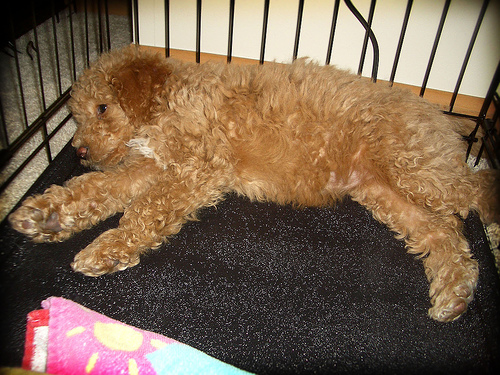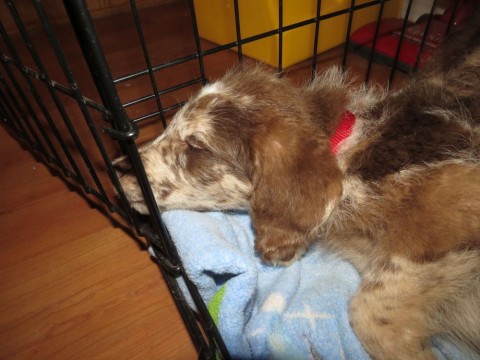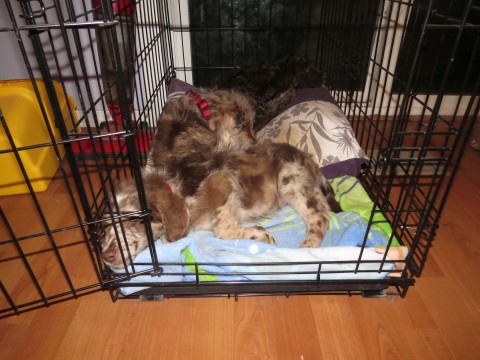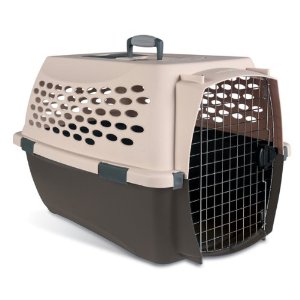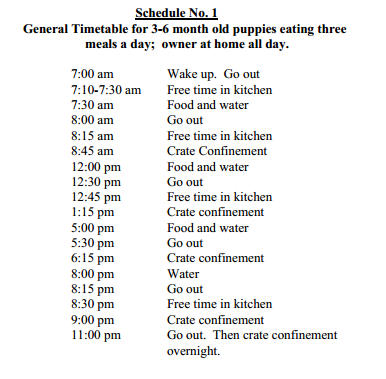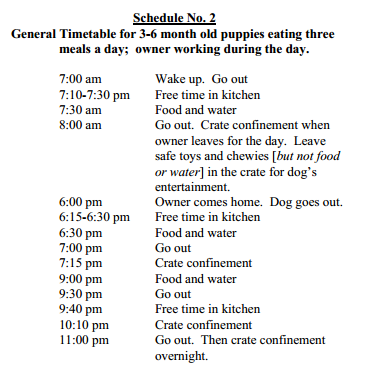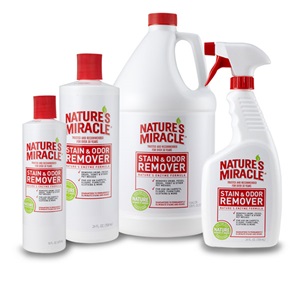Crate Training Your Puppy
Comments Off on Crate Training Your Puppy Behavior, Dog Info, New Puppy, Potty Training, Puppy Products, Training
Crate Training Your Puppy or Dog
Table of Contents
- What Is Crating?
- Prices and recommendations
- Proper use of a crate
- Crating do’s and don’ts
- Decreasing Crate Time
- Does everyone use a crate?
If you try to keep your puppy in a crate overnight, do not put the crate in a place where you can’t hear him.
If your puppy cries for hours and you don’t respond, they may begin to feel like the world is a cruel place, and the main goal of crate training is to teach them their crate is a safe place where good things happen!
If a dog is properly introduced to their crate as a young puppy, they eventually will consider it as a safe refuge from the hustle and bustle of the house (and pesky children!), a place for some peace and quiet and serious snoozing and can work well as a potty training tool for us as well.
What is Crate Training?
Crate training uses Dog kennels for Potty training purposes!
Crate training can be a controversial topic. Some believe it to be abusive and indefensible, while others believe it to be the absolute best potty training solution. Reality likely lies somewhere in between.
But What Do Dogs Think?
First, you must understand what a crate represents to a dog.
Dogs are den creatures by nature, and if properly introduced, their crate is
seen as their den or safe haven where it doesn’t need to worry about
defending territory, their own private bedroom, which they
will never soil if it can help it. Dogs do not like to sleep or eat where they eliminate.
Proper use of the crate can alleviate a number of problems, stop some from ever
developing, and substantially aid in housetraining.
Where should you put their Crate?
Ideally, you should set it up in the bedroom or near you. Have your dog sleep in it at night.
Dogs are very social, and they like to be around their people. You should also feed them in their crate.
Can Crates be abused?
Most Certainly. Anything intended for a dog can be abused. That doesn’t make
it wrong; it means you need to know what you’re doing!
Things to remember:
- The crate must be large enough for the dog to stand up and turn around without touching the sides or top of the crate.
- A puppy should not be left for more than 3 or 4 hours at a time.
- An adult dog should not spend more than 8 hours a day in one.
- No dog should be forced to remain in a soiled crate.
- You’re fully responsible for taking them out in time and helping them to avoid such accidents.
- Dogs do not require constant crating; once you can trust them more in the house, most can be slowly weaned off using the crate altogether.
- Properly introduce dogs, especially older dogs, to their crates. Most dogs like their
crates, but not always immediately. - Even when you’re no longer using the crate regularly, leave it open and available for
napping. - A crate-trained dog is always easier to handle: in the car, at the vet,
and when traveling.
Prices and Recommendations
A plastic airline-approved (leak-proof) crate will run you $30 to over a $100
depending on the size. Pet stores sell them at astronomical prices.
Stores online, like Amazon and Chewy, have more competitive prices. Wire mesh is
comparable in price to plastic airline crates, but the sizing is
different.
For our Aussiedoodle and Labradoodle Puppies:
I recommend the Midwest iCrate Single-Door Pet Crate or the Midwest Life Stages Double-Door Pet Crate
The crate should only be large enough for the dog to lie down, stand up, and turn around comfortably but not large enough for them to relieve themselves at one end and sleep at the other.
You may want to buy a crate sized for an adult dog and use the easy-insert wire dividers that come with all wire crates to block off the extra space until they grow into it, or you can buy a succession of crates as your dog grows. This is up to you.
14 Days to Potty Training Success – Crate Training Schedules
Proper Use of a Crate
Crating a puppy or dog often seems unappealing to humans, but it is not cruel to the dog. A dog’s crate is similar to a child’s playpen, except it has a roof (dogs can jump out of a playpen) and is chew-proof. Also, a crate is not suitable for activity or exercise but for rest. Dogs are carnivores and do not need to be constantly active during the day like people do.
If a crate is properly introduced to a dog (or puppy) the dog will grow to think of the crate as its den and safe haven. Most dogs who’ve been crate trained will eventually consider their crate a favorite resting place.
The major use of a crate is to prevent the dog from doing something and not getting corrected for it. It is useless to correct a
dog for something that it has already done; the dog must be “caught in the act”.
If the dog is out of its crate while unsupervised, it may do something wrong and not be corrected, or worse yet, corrected after the fact, aka too late.
If the dog is not corrected, the dog may develop the problem behavior as a habit (dogs are creatures of habit), or learn that they can get away with bad behavior when not supervised.
A dog that rarely gets away with anything will not learn that if nobody is around it can get away with bad behaviors.
If the dog is corrected after the fact, it will not associate the correction with the behavior and will begin to think that corrections are arbitrary and that the owner is not to be trusted. This results in a poor relationship and a dog that does not associate corrections, which are believed arbitrary, with bad behaviors even when they are applied in time. This cannot be overemphasized: a dog’s lack of trust in its owner’s corrections is one of the major sources of problems between dogs and their owners.
A secondary advantage of a crate is that it minimizes the damage done by a dog (especially a young one) to the house, furniture, footwear etc.
This reduces costs and aggravation and makes it easier for the dog and master to get along. It also protects the dog from harm by its destruction: ingestion of splinters or toy parts, shock from chewing through wires, etc.
A young dog should be placed in its crate whenever it cannot be supervised.
If a dog is trained in puppyhood with a crate, it will not always require crating. Puppies or untrained dogs require extensive crating at first but after a year or so of crate training, many dogs will know what to do and what not to, and the crate will only need to be used when the dog needs to be out of the way, or when traveling.
Do’s and Don’ts
- Do think of a crate as a good thing. In time, your dog will
too. - Do let the dog out often enough so it’s never forced to soil in the crate.
- Do let the dog out if it whines because it needs to eliminate. If you know it doesn’t have to eliminate, correct it for whining or barking, a simple “shush” should be enough.
- Do clean out the crate regularly
- Don’t punish the dog if it soils the crate. That’s your fault.
- Don’t use the crate as a punishment.
- Don’t leave your dog in their crate for a long time after letting it eat and drink a bunch (because they may become too uncomfortable to hold it and eliminate in their crate, which goes against their instincts.)
- Don’t leave the dog in the crate too much. Dogs sleep and rest a
lot, but not all the time. They need play time and exercise. I leave the crate open during play time so they can go in and out of their “bedroom”. - Don’t check to see if your dog is trustworthy in the house
(unsupervised, outside of the crate) by letting the dog out of the
crate for a long time. Start with very short periods and work
your way up to longer periods. - Don’t ever let the dog grow unaccustomed to the crate.
- Don’t put pillows or blankets in the crate without a good reason. Most dogs like it cooler than their human companions and prefer to stretch out on a hard, cool surface. Besides, they only provide a place to urinate; some dogs will simply destroy them. A rubber mat is a good compromise (be sure to clean under any floor covering frequently).
Decreasing Crate Time
Remember, your ultimate goal in using the crate is to produce an easily housetrained dog. Therefore, you should consider the use of a crate for a dog to be temporary. You are always working toward the time when you do not need to use a crate extensively.
With house training, it is only a matter of time for the pup to outgrow the need for a crate. As a puppy gets older, it will
naturally develop ways of telling you that it needs to go (but probably not before about 4-6 months, be patient), especially if you encourage this. As this starts to develop, you can decrease the crate usage. Always keep a close eye on your pup — the trouble you take now will pay big dividends later. If you need to, put a leash on your pup and attach it to your waist. That keeps the pup from wandering off into trouble. By the time your puppy is about 6-8 months, he should be able to sleep through the night either in an open crate or a dog bed.
Many breeds, especially the larger and more active ones, will need to be crated into adolescence or until they can be fully trusted in the home unless you can leave them outside in the yard while you’re gone.
There are several things you need to keep in mind. The first is that this type of crating is never to be a permanent arrangement except for those rare cases where the dog proves completely unreliable. While this does happen, it’s more common for the dog to be sufficiently mature by the time they’re two or so and can be left alone in the house.
To make the transition between keeping your dog in the crate and leaving them out while you’re at work, start preparing your dog on weekends. Leave him in your house for an hour and then come back. Maybe it needs to be fifteen minutes. Whatever.
Find the time that works, and make a habit of leaving him unsupervised in the house for that long. Be sure to praise them when you come back. (Leave the crate available and open while you’re gone.) When you know the dog is reliable for this period of time, gradually add 15-30 minute increments to the dog’s “safe time.”
Don’t be surprised if this takes months or even a year.
Now, there are some dogs who may never be completely reliable when left inside alone. This might include dogs that were rescued, dogs that have separation anxiety, dogs that destroy things indiscriminately, or who mark or otherwise eliminate in the house. These kinds of dogs are pretty rare.
Does Everyone use a Crate?
Of course not. If you have a doggy door to an outside yard with a fence, you may never need to use a crate for Potty Training.
Read this post: All I know about Potty Training with out using a crate!
Crates are extremely useful. But they are not the only means to achieve housetraining. I love my doggy door, but I also have a huge crate in my living room for nesting and sleeping. My dogs love their crate, and they all sleep in it together.
Cleaning up Accidents?
I highly recommend Nature’s Miracle Stain & Odor Remover, which you can get for cheap and fast on Amazon and at most pet stores.
AMAZON LINK: Nature’s Miracle Stain and Odor Remover, Lavender Scent, 32-Ounce Spray

